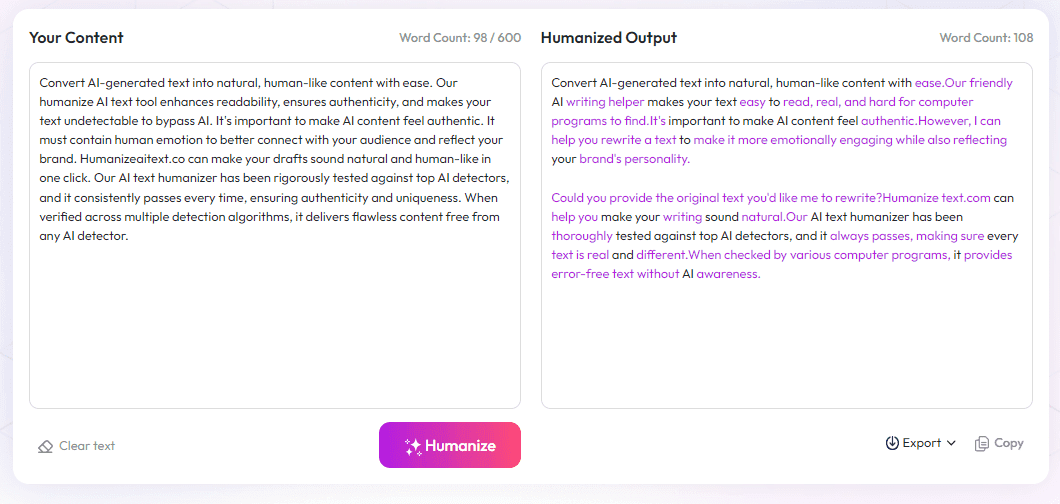Table of Contents
Making ebooks accessible isn’t just a good idea — it’s essential for reaching everyone. Sometimes it feels like designing for accessibility can be tricky or overwhelming, especially when you just want your book to look good and work easily. But don’t worry, if you keep reading, I’ll show you simple steps to create ebooks that everyone can enjoy.
By following these tips, you'll learn how to choose the right formats, organize content clearly, add helpful descriptions, and test your work to make sure it’s truly usable for all readers. Stick with me, and you’ll be able to make your ebooks friendly for anyone who opens them.
Here’s a quick peek at what’s coming: from picking the best format to making sure your bookmarks, images, and navigation work well — I’ve got all the tips to help you get started.
Key Takeaways
Key Takeaways
- Use EPUB 3 format for built-in accessibility features like screen reader support and adaptable layouts.
- Create a clear, organized structure with consistent headings and a linked table of contents for easy navigation.
- Apply semantic HTML tags to define content meaning, helping assistive tech interpret your ebook correctly.
- Include descriptive alt text for images and multimedia transcripts to ensure visual content is accessible.
- Make text easy to read with sufficient contrast, large fonts, and adjustable size options for all users.
- Design keyboard-friendly navigation with clearly labeled links and focusable interactive elements.
- Test your ebook with assistive technologies on various devices, fixing issues before publishing.
- Add detailed metadata about accessibility features, language, and reading order to help assistive tools process your content.
- Plan accessibility from the start, using simple language, clear headings, and inclusive visuals to avoid costly fixes later.
- Use tools like ACE or Calibre to check and improve your ebook’s accessibility, and seek feedback from users relying on assistive tech.

1. Choose an Accessible Ebook Format
The first step to designing an accessible ebook is selecting a format that supports assistive technologies. EPUB 3 is the gold standard because it includes built-in accessibility features like semantic markup, audio descriptions, and adaptable layouts. Using a format that adheres to accessibility standards ensures your ebook can be comfortably read by screen readers, braille devices, and other assistive tools.
2. Use Clear and Consistent Structure
A well-organized structure helps all readers navigate your content easily. Start with a clear table of contents linked directly to chapters or sections. Use consistent heading levels (H1, H2, H3) for titles and subtitles so screen readers can interpret the hierarchy naturally. Breaking content into logical sections makes the reading experience smoother, especially for users relying on navigation by assistive tech.
3. Incorporate Proper Semantic Markup and HTML Elements
Semantic HTML involves using the right tags to convey meaning—like



